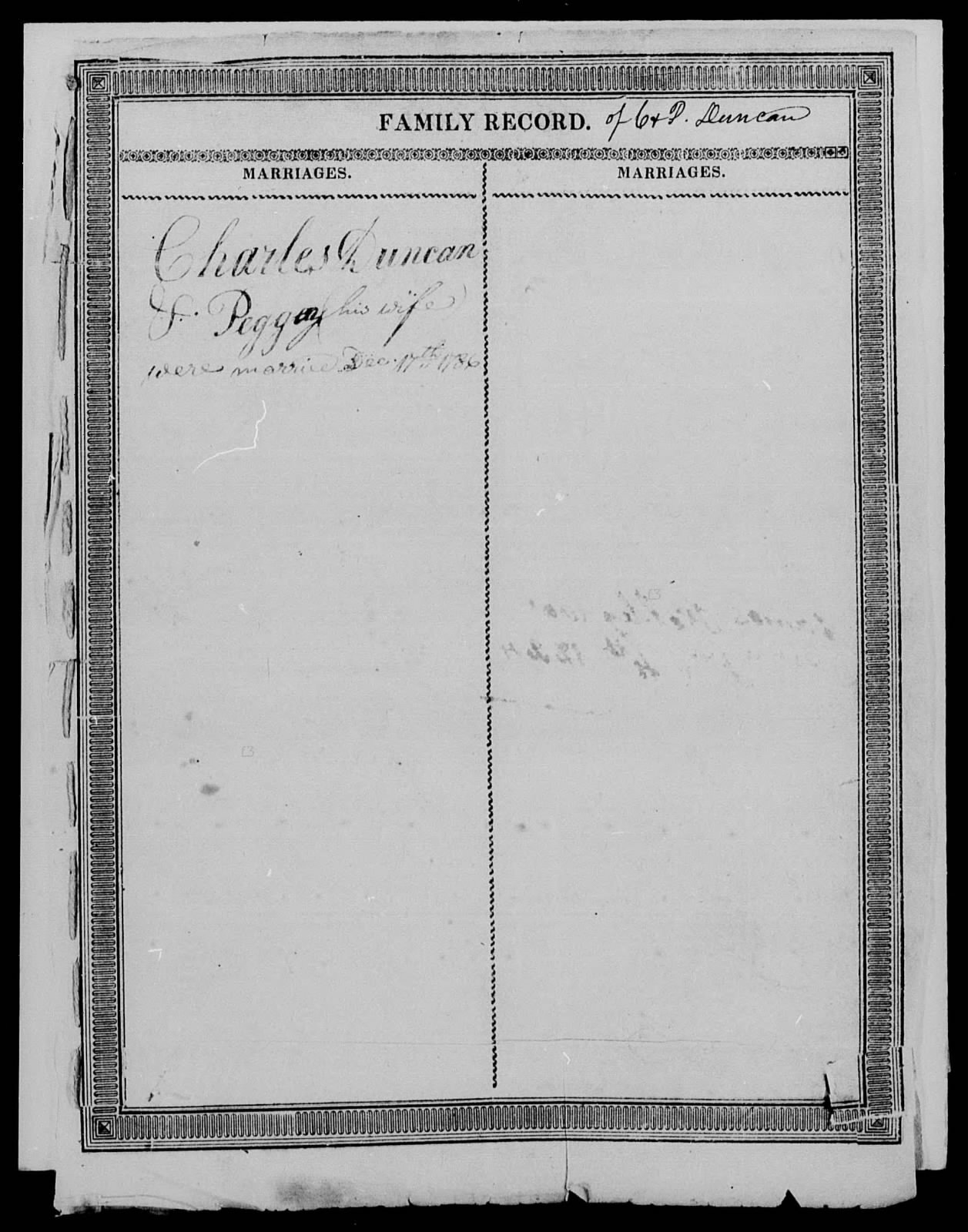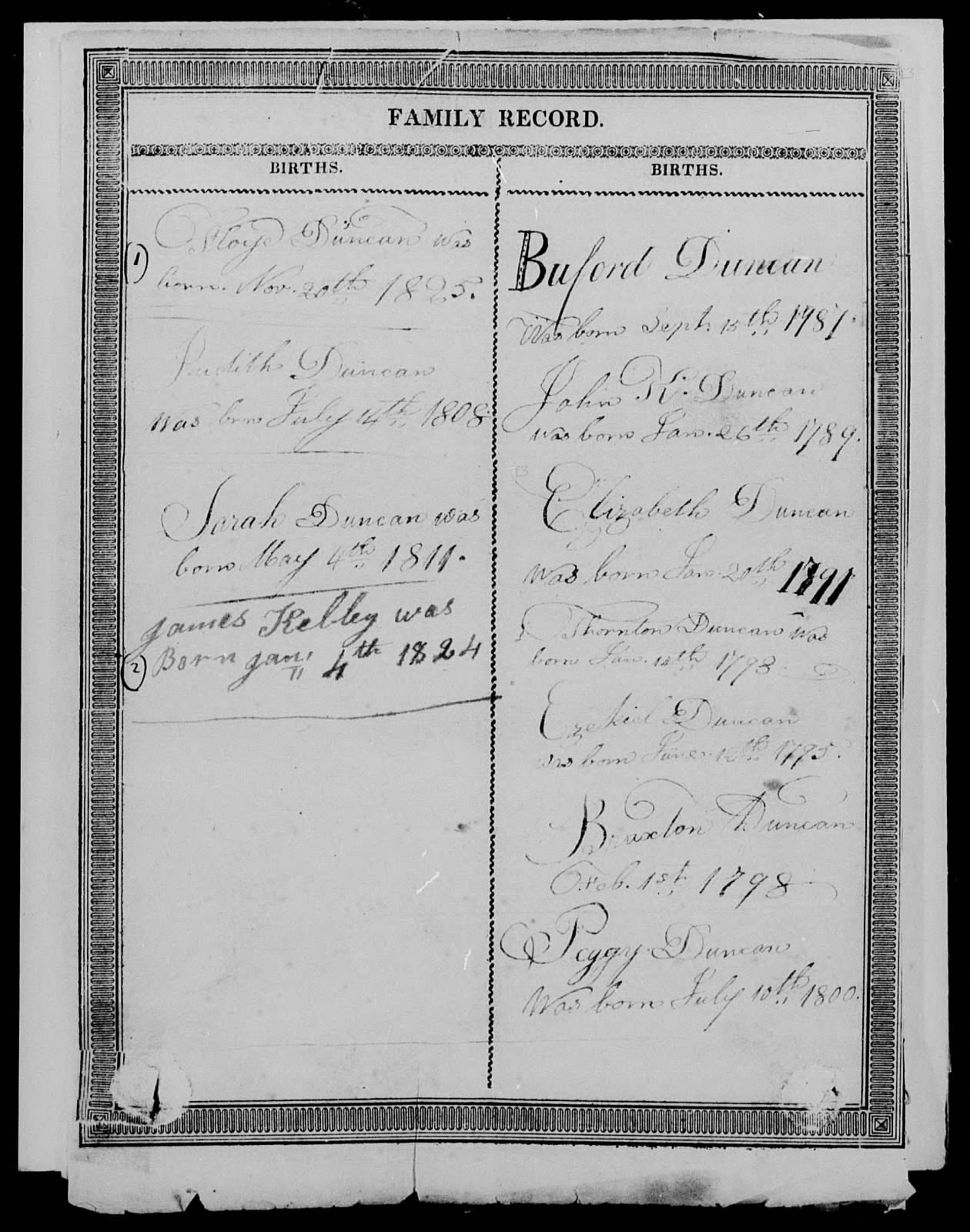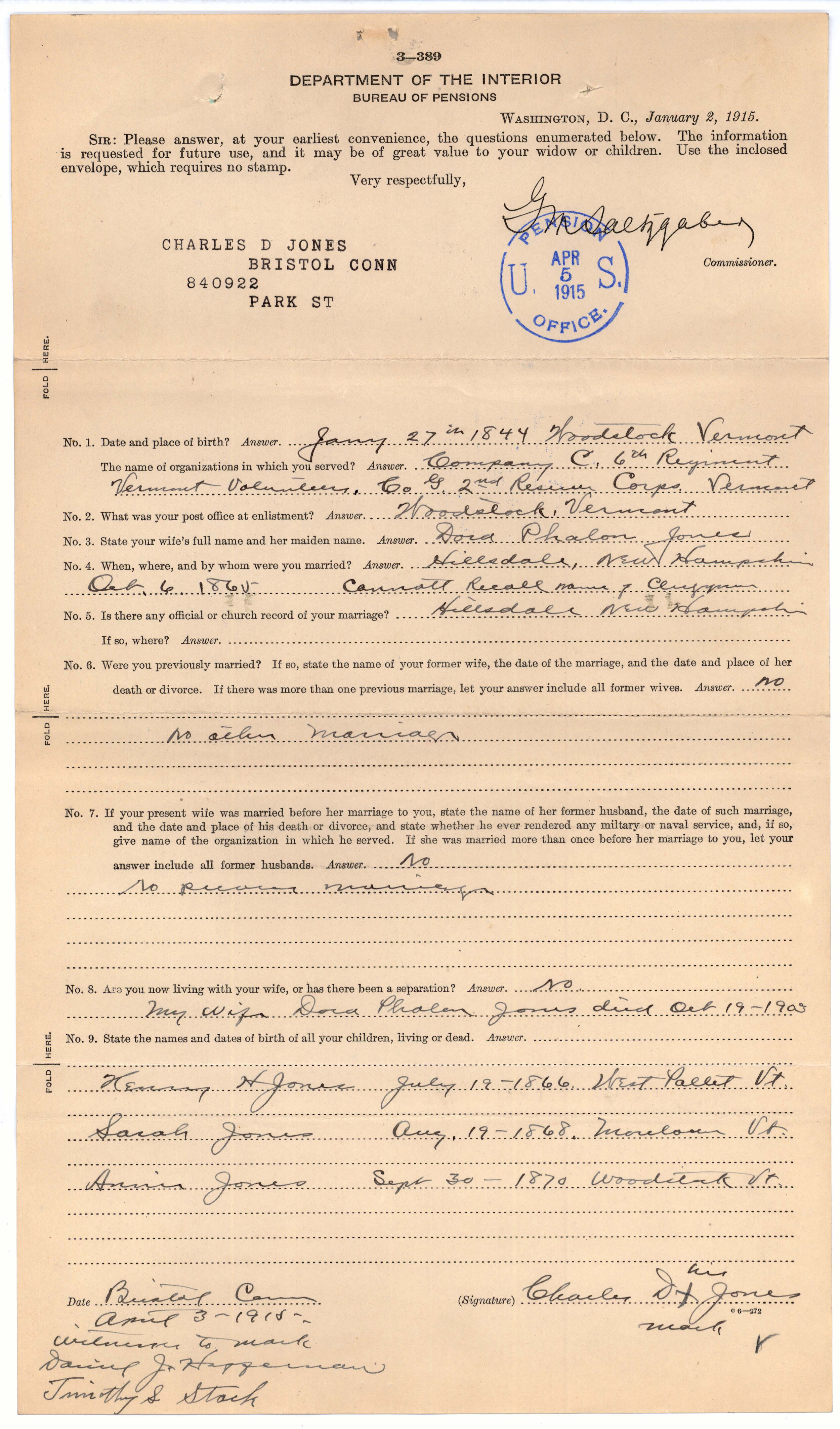How To Trace Women In Your Family Tree With Veterans’ Pension Records
*This post may have affiliate links, which means I may receive commissions if you choose to purchase through links I provide (at no extra cost to you). All opinions remain my own.
Researching your female ancestors can be tough sometimes. Most, if not all of us, at some point in our genealogy quest, have had a hard time searching for a woman in our family.
Whether it’s trying to figure out what their first name or maiden name was, or digging up all the daughters a couple had, clues about women can be elusive.
As I shared in my last post, researching the men closest to your female ancestors is a great way to discover more about them, especially the further back in time you go.
Military pension records are also a fabulous place to look for wives, sisters, and daughters.
Related posts:
Why You Should Use Libraries And Archives In Your Research
How military pension applications can help trace female ancestors
Why are military pension records such a treasure trove for tracing the ladies in your family?
Widows were able to apply for these payments for the service of many war vets.
When widows applied, they had to give proof of their marriage. Because of this, the requests can have everything from marriage certificates to pages from family bibles. There might also be affidavits from family members giving details about the widow and the marriage.
You can uncover when and where the veteran and his widow were married, who married them, and witnesses who attended the wedding. Many files have the maiden names for widows.
Not only that, but you can also learn about daughters, as their children were often named as dependents. You might discover their birthdays and birthplaces as well.
These files are so important because they show family relationships before some places kept vital records for births, marriages, and deaths.
And you can also identify where the family lived since the war, and the residence of the widow after the soldier or sailor died.
Related posts:
How To Use Civil War Pension Records In Your Research
This affidavit from the cousin of my 3x great-grandmother says she was a witness to the marriage ceremony. She gives the date of the marriage, the minister, and the name of another cousin.
Available pension records by war
What wars are pensions available for? In this post, I’m sharing some of the conflicts, through the 1800s, that are great resources to learn more about your female ancestors.
Revolutionary War
Revolutionary War participants were eligible for pensions beginning in 1776, and widows also became eligible in 1832.
But even if widows themselves couldn’t request these benefits until later, it doesn’t mean you won’t find information about them in the documents for their husbands.
In the papers for Charles Duncan of Virginia, there are pages of the family bible, naming his wife, Peggy, and their children. It doesn’t give Peggy’s maiden name, but it’s still a great piece of information and a place to start.
Unfortunately, in 1800 the early pension applications were lost to fires, so the records start then. But there are still many that survive today, and a lot has been digitized.
You can search indexes on FamilySearch, and Fold3 and Ancestry have Revolutionary War collections with images.
War of 1812
The War of 1812 lasted nearly 3 years. Soldiers and sailors who were disabled during the war and the widows of those who died fighting were first eligible for benefits. There were both federal and state militia units who fought.
In 1871 and 1878 , acts were passed to allow men who served in the war but weren’t disabled, and their widows, to apply. These were often men who served in a militia that was called up for federal service.
Veterans and their widows could also apply for bounty land warrants, which were grants of 160-320 acres of land to men who served. When widows applied, the documents have her name, age, and where she lived.
At the time of writing this, Fold3 was 82% complete in digitizing these files, and also has an index of them.
Ancestry has select collections of the War of 1812 pensions and indexes. FamilySearch also has indexes.
US Mexican War
The Mexican War lasted from 1846 to 1848 after Texas was annexed by the US. Besides the US Army, many state volunteers served. Although most of the volunteers were from the south, soldiers also came from states like California, New York, and Pennsylvania.
Pension papers for this war aren’t microfilmed yet and are only available through the National Archives. But, FamilySearch has an index for them, so you could check to see if your ancestor ever applied.
Related posts:
Genealogy Brick Wall Solutions: How To Evaluate Sources
Genealogy Brick Wall Solutions: Review And Analyze Your Research
Genealogy Brick Wall Solutions: And Ways To Widen Your Research Net
Civil War
If your ancestor fought in the Civil War, you may be in luck. Most of the men who fought for the Union requested these benefits, as did many of their widows and kids.
Pensions for the Union were managed by the federal government, which means the files are at the National Archives and you can request a copy. Like other wars, even if the request was for a wounded vet, you may still discover information about their wives and daughters in these.
What’s also great for tracing your female ancestors is that Civil War veteran’s widows’ pension records for the Union are being put online at Fold3. At the time of this post being published, only 21% of the collection has been digitized, but an index for them is on FamilySearch.
The papers for my 3rd great uncle gave his wife’s name, including her maiden name, as well as the names, birthdays, and birthplaces of his kids Henry, Sarah, and Annie.
Confederate pensions, on the other hand, are a different story.
There isn't any main pension database or index for those who fought for the Confederacy. Theirs were issued by the state, and every state had different rules about who could apply. They also have different information from place to place.
But widows were able to apply so you can still come upon information about them in these documents.
Because these were granted at the local level, you have to search by the state they lived in. FamilySearch and Ancestry have indexes for Confederate states.
You can also see where to find copies here. Some have been digitized and are online, but not all.
Spanish-American War
The Spanish-American War was a very short campaign that lasted only 109 days in 1898 [PDF link]. But, those who fought in the Army, Navy, and Marines could still receive benefits.
Widows of Spanish-American War vets could apply for a pension. These requests state where she lived, her maiden name, and when and where she was married. They also say when and where her husband died and the names of any kids under 16 years old.
Dependents could also receive a pension. Their files have information about their mother, as well as their father. They also say where the child was living, when they were born, and when and where the widow died.
Applications for this war haven't been microfilmed by the National Archives yet. But there are indexes on FamilySearch and Ancestry, so you could see if your ancestor applied.
Related posts:
How Setting Genealogy Goals Makes You A Better Researcher
7 Tips To Help You Create A Successful Genealogy Research Plan
Everything You Need To Know About Using Home Sources
Final thoughts
Even though researching women can sometimes be hard, there are resources to help if you broaden your search a little. Researching the men in a woman’s life may give you the clues you need to unlock her stories. Military pensions are a great place to start.





